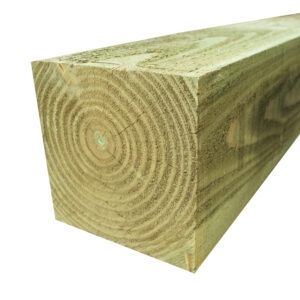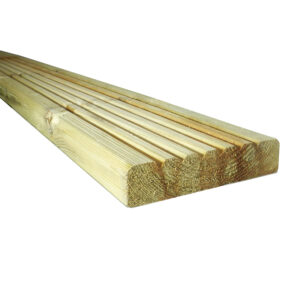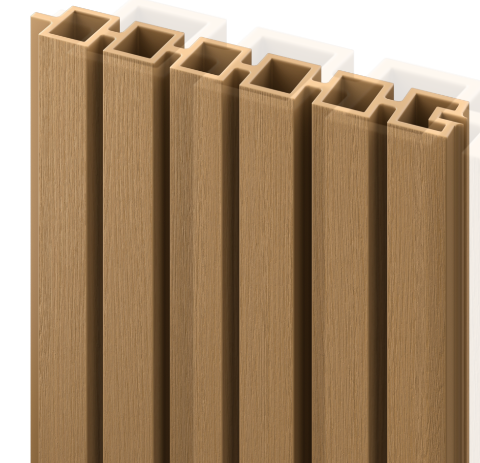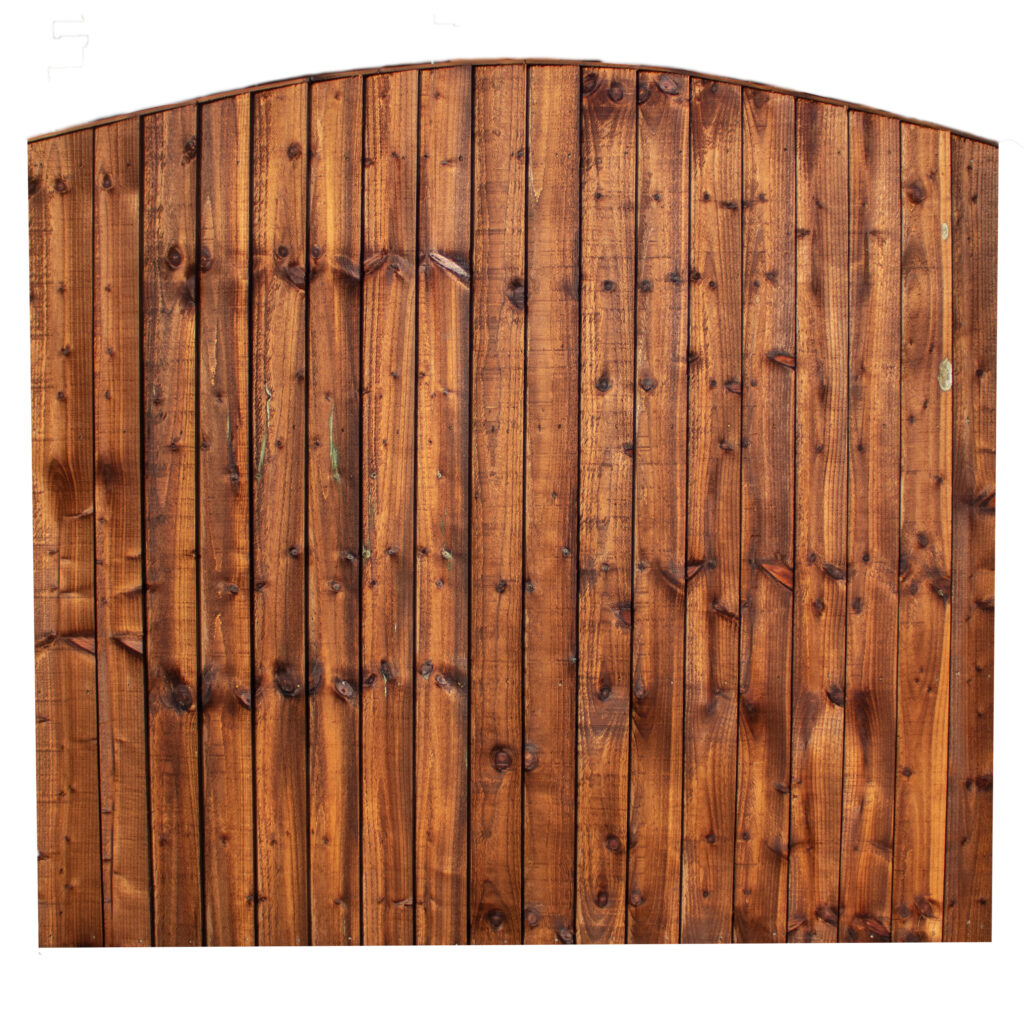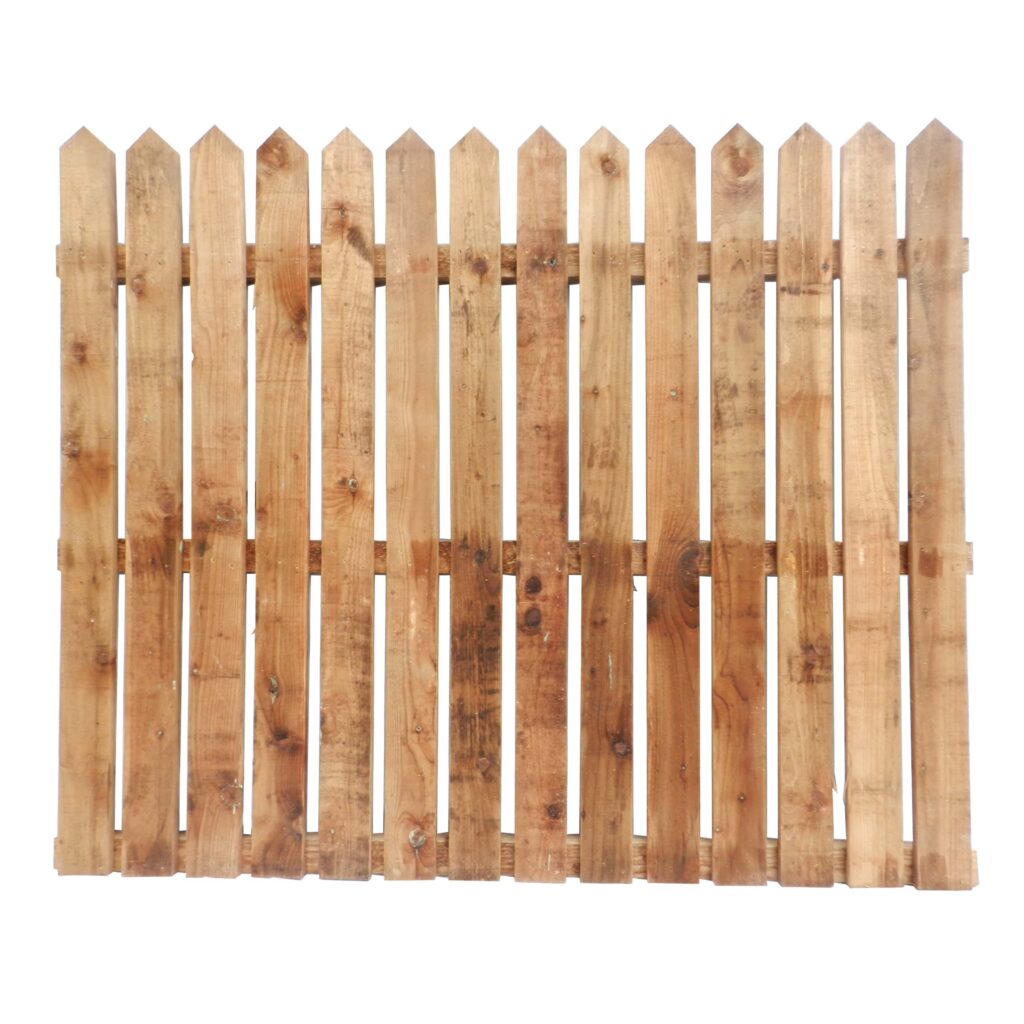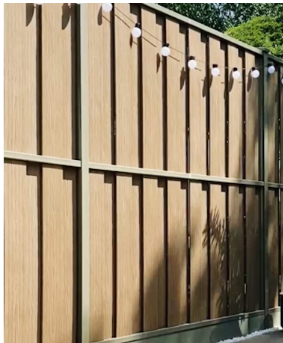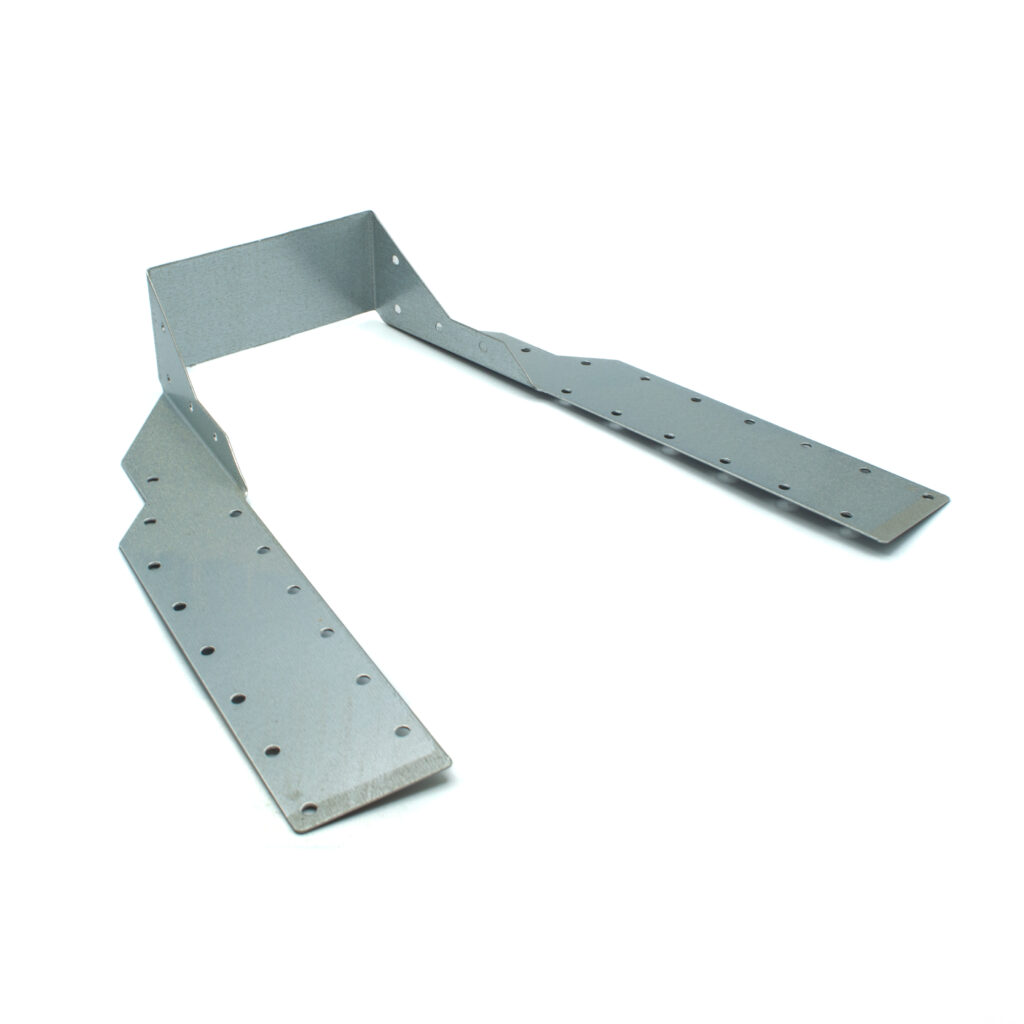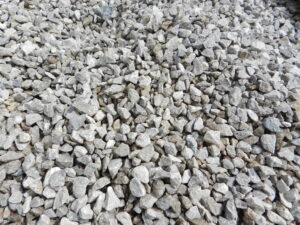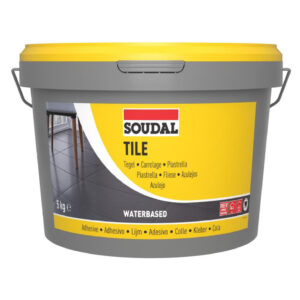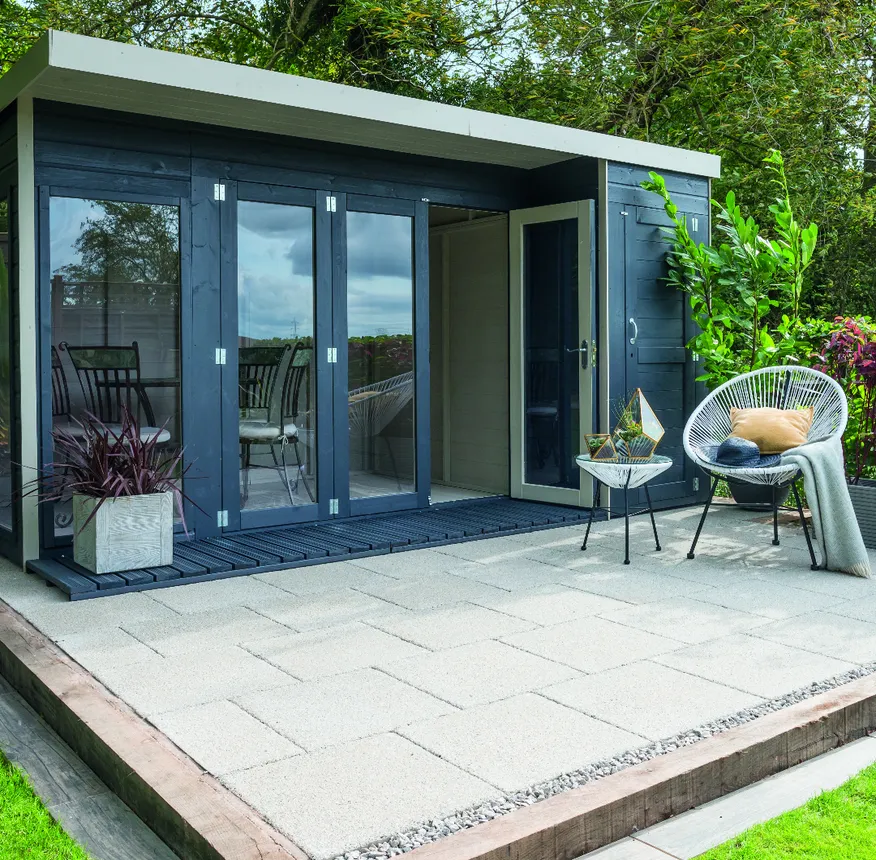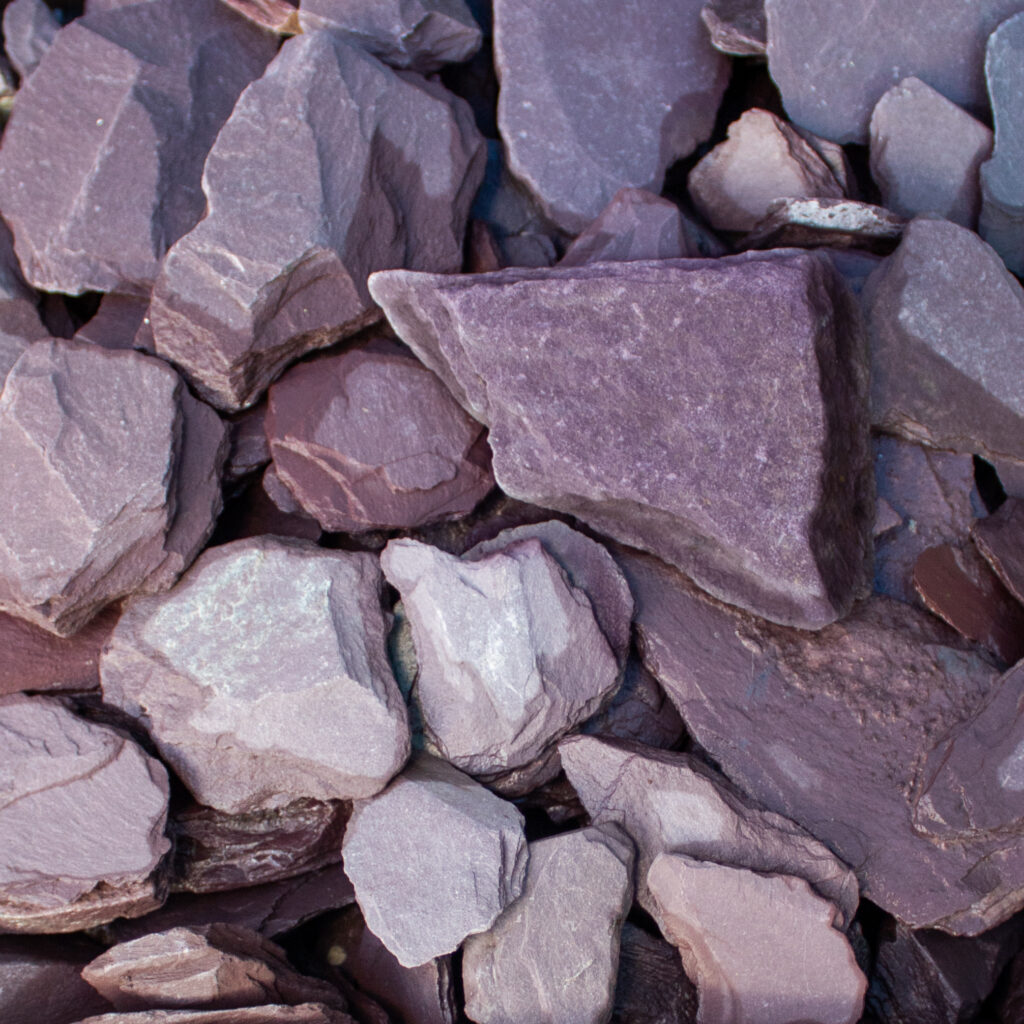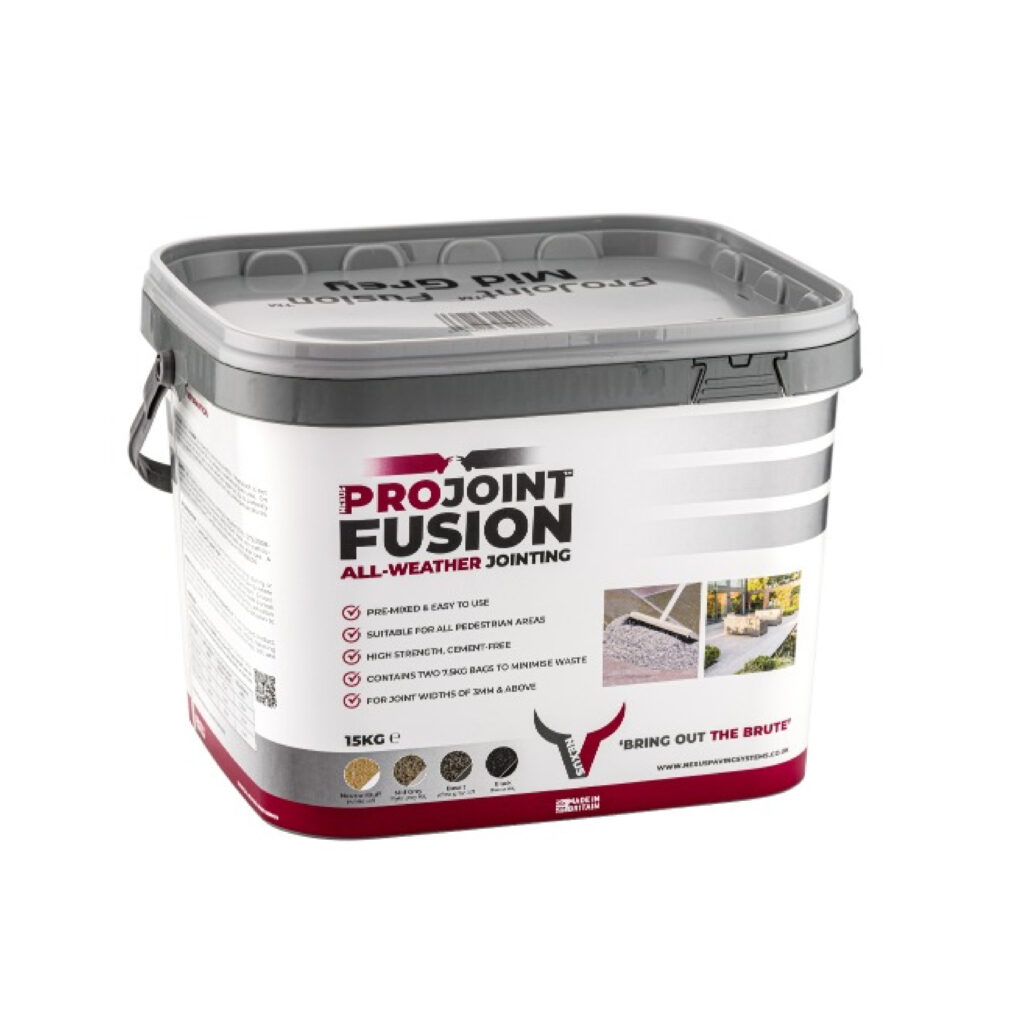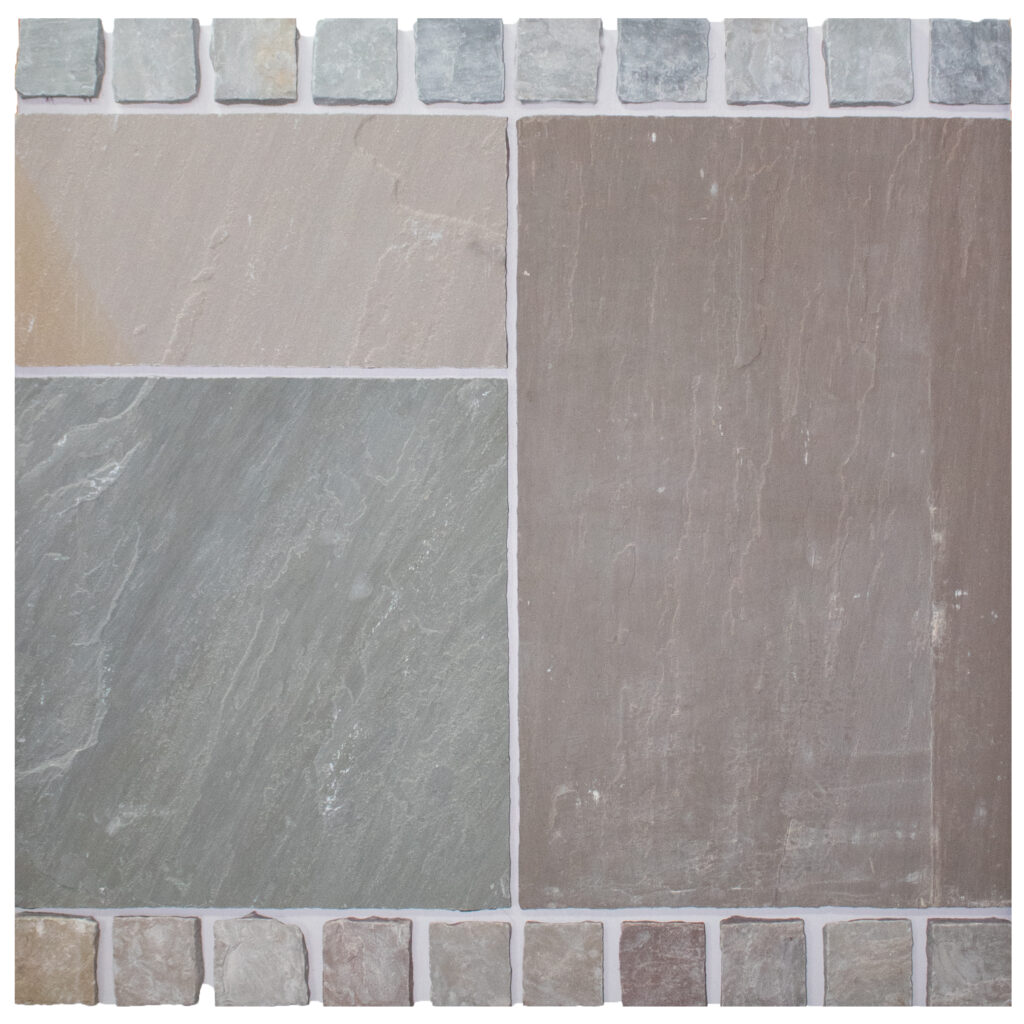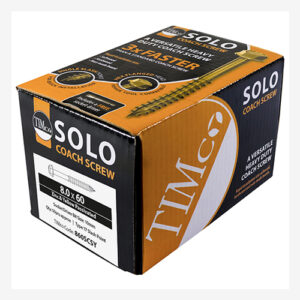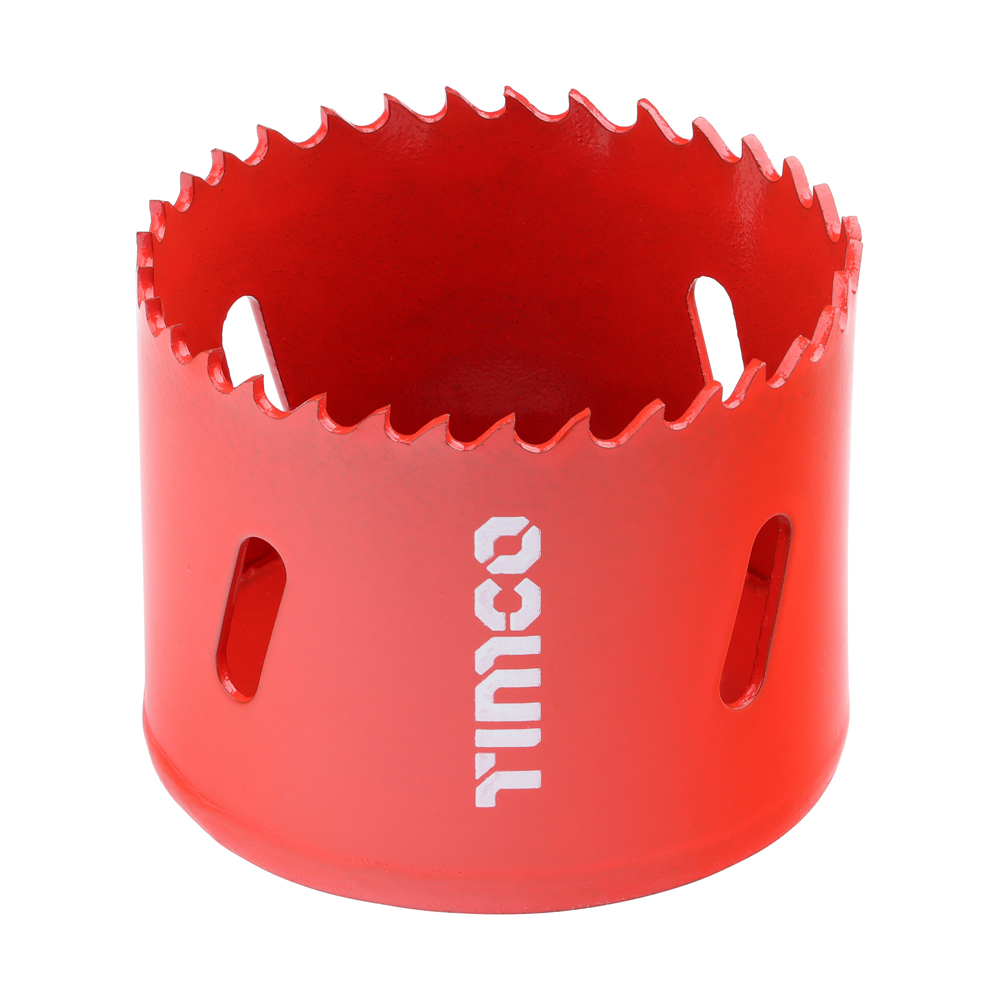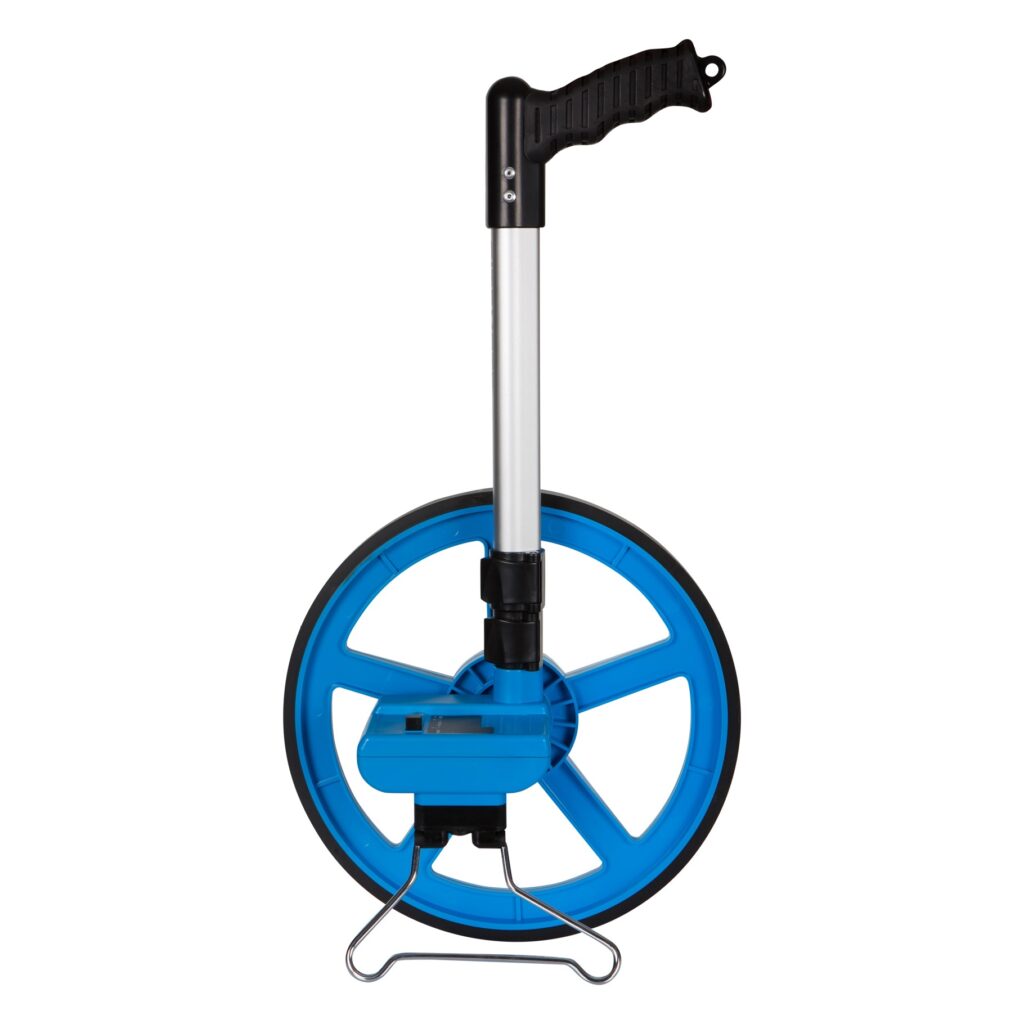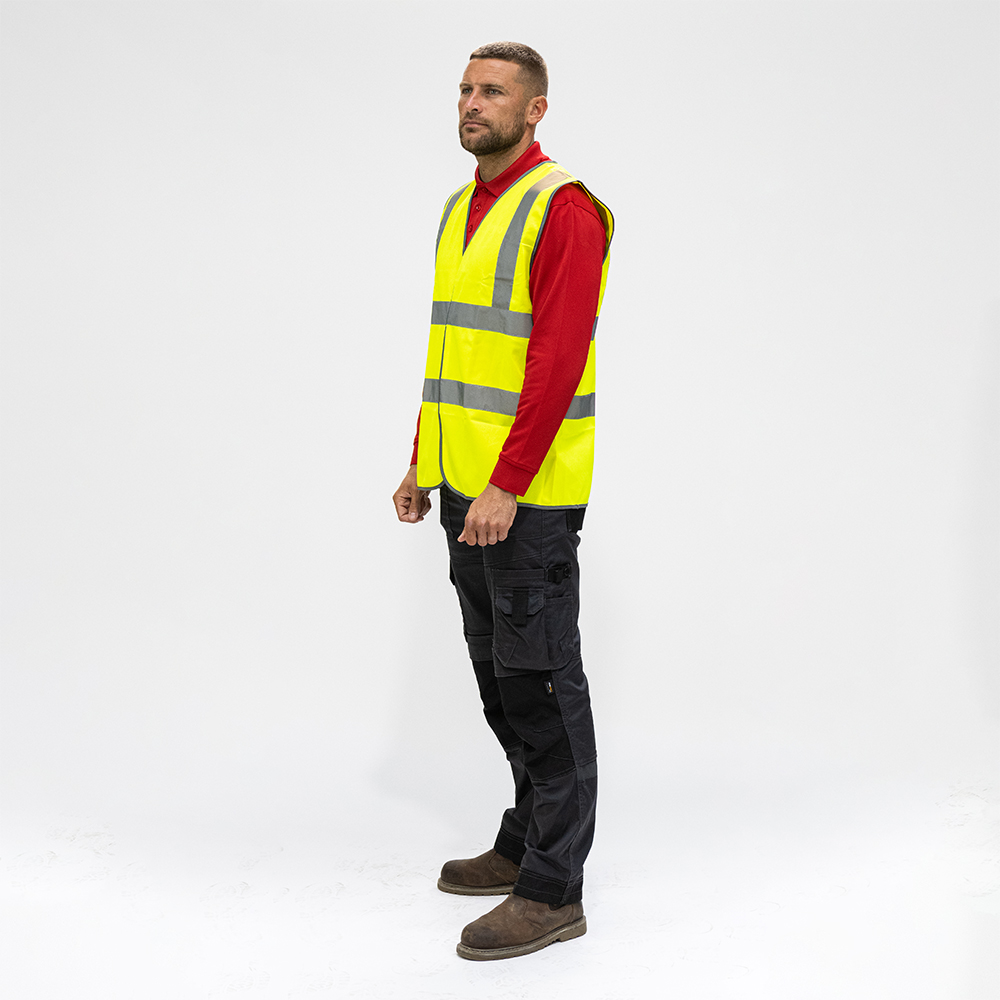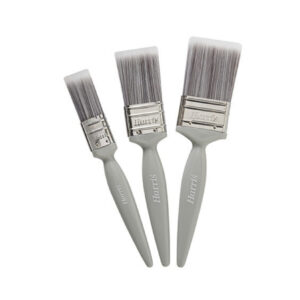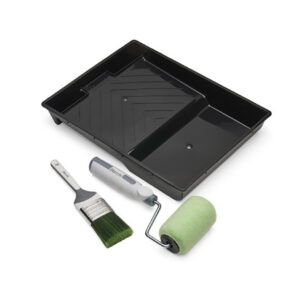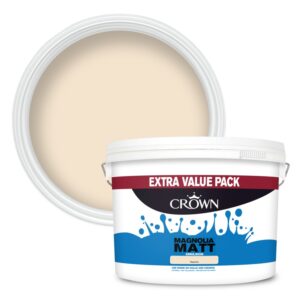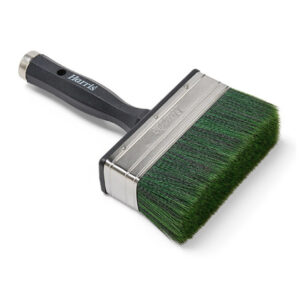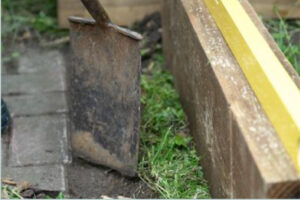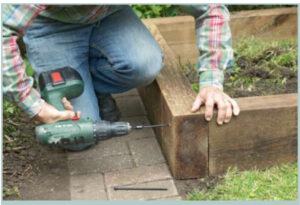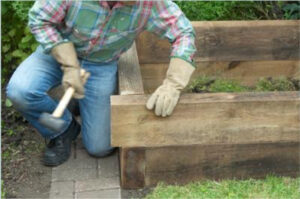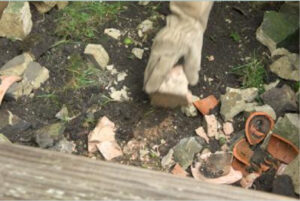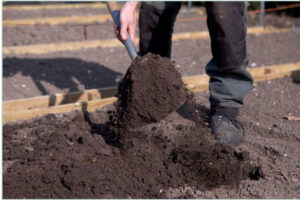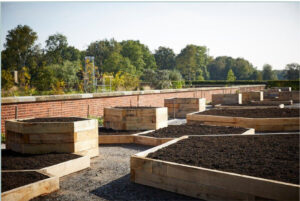Building raised beds is a great way to add more growing space to your garden, especially if the soil is poor.
Timber is the most popular material for constructing raised beds and is very versatile. Pressure-treated softwood sleepers are an attractive and economical alternative to hardwoods like oak and will last for many years.
Dig out a shallow trench
Mark out the shape of the bed using canes and string, then dig a shallow trench to its exact dimensions, wide enough to accommodate the timbers.
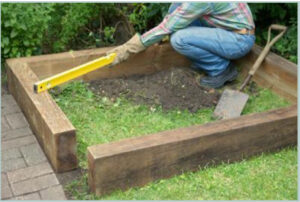 2. Position the first layer of timbers
2. Position the first layer of timbers
Lay the timbers into the trench and ensure they align horizontally using a spirit level. Check the levels diagonally between the timbers as well as along their length.
3. Screw the timbers together
At each corner, drill through the end timber into the sleeper behind, at the top and bottom, to accommodate a couple of long, heavy-duty coach screws. Then screw the timbers together securely.
4. Add the second layer
If you want a second layer, put the timbers in place, ensuring these overlap the joints below to give the structure extra strength. Screw in place, as previously. Repeat, if necessary, until the bed is the height you require. If using more than one layer, screw wooden pegs inside each corner to secure the layers together.
5.Prepare the base of the bed
Lift and remove turf from the base of shallow beds, and lightly fork over the soil to loosen it.
For beds deeper than 50cm (20in), remove any turf and the underlying topsoil, replace with rubble or subsoil to ensure good drainage, and reduce the quantity of good soil needed to fill the bed. Finish by laying the turves upside down in the base so they can rot down and enrich the soil.
6.Fill up the bed
A general potting mixture of three parts of organic matter (such as garden compost, leaf mould, or well-rotted manure), two parts of grit sand, and seven parts of topsoil is sufficient for most raised beds. For alpines, bulbs, and herbs that like good drainage, double the proportion of sand. For deep beds, add any topsoil removed from the base.
7. Leave the bed to settle
Fill the bed to around 5cm (2in) below the rim. Firm down the soil and leave it to settle for a couple of weeks, topping the level again if necessary. Then, you are ready to start sowing or planting.

